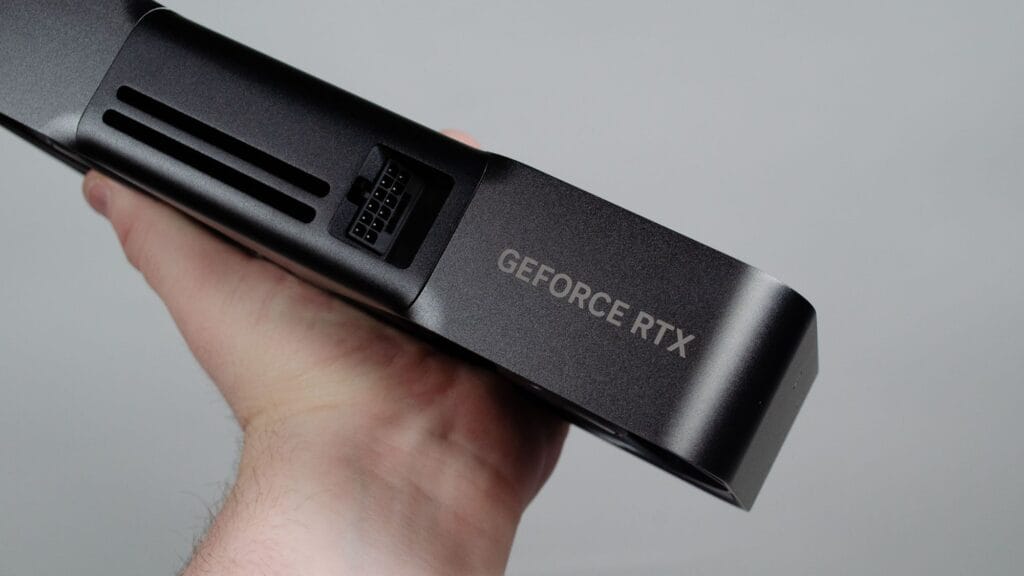Earlier in May, Microsoft announced the Copilot+ PC, a new category of Windows PC designed for artificial intelligence (AI) applications.
Yusuf Mehdi, consumer chief marketing officer at Microsoft, claimed the devices, based on Qualcomm silicon, are capable of 40+ TOPS (trillion operations per second), have all-day battery life and would provide access to the most advanced AI models.
While Microsoft has dallied in Arm-based hardware for several years, and offers the Windows RT x86 emulator for Arm-based PCs, such devices have remained a niche. This latest attempt is seen by some industry observers as a way to bolster the PC market and emulate Apple’s success when it switched from Intel-based hardware to its own silicon, based on the Arm architecture.
Geoff Blaber, CEO at CCS Insight, said: “Microsoft has identified an opportunity to re-energise the PC market, transform the user experience and has galvanised the PC ecosystem to support its vision. If the market needs evidence of Microsoft’s determination and drive under Satya Nadella or its commitment to lead in generative AI, Copilot+ is a further proof point.”
Blaber points out that the Copilot+ specification established by Microsoft means all the initial hardware being launched is based on the Qualcomm Snapdragon X Series chipset. “This is a huge coup for Qualcomm, an endorsement of the power and performance it has delivered with Snapdragon X Series and gives it a huge opportunity to finally break into an Intel and AMD dominated PC market,” he added.
Blaber believes Microsoft hopes that it can close the performance gap with Apple’s M-series silicon via Qualcomm silicon.
“The performance of Apple’s M-series silicon established a significant competitive threat to Windows PCs and succeeded in taking customers in part due to battery life and performance credentials,” said Blaber. “It was essential that Microsoft responded, and this launch is the result of years of work to align silicon, software, hardware roadmaps and partners.”
Questions are being raised over the difference between the Copilot+ PCs, which use Qualcomm silicon, and AI PCs, which are largely being positioned as the next generation of x64 and x86 (Intel and AMD) -powered PC hardware.
PC maker Dell is among a number of leading PC manufacturers that have launched Copilot+ PCs. Louise Quennell, senior director CSG (client solutions group) at Dell Technologies UK, said: “We are committed to silicon diversity; we know that choice is best for our customers, so we will continue to invest in offering the broadest AI PC portfolio across the silicon ecosystem.
“We’re working very closely with Microsoft and Qualcomm to bring the same degree of rigour as the rest of our x86 portfolio in terms of software compatibility and feature availability.”
Among the biggest challenge software developers will face is that software will need to run natively, rather than emulated, to achieve the best performance and battery life from Copilot+ devices.
Quennell said that Dell is also porting all its own software, such as Dell Optimizer and Dell Command Update, to get the benefits that the Arm-based architecture delivers. However, she noted that commercial customers are accustomed to the x86 architecture: “Making that change can result in a significant shift for IT departments.”
Acer is also one of the launch partners for Copilot+ PCs. The company urged IT departments to test compatibility before deploying such devices in the enterprise. Acer said: “IT departments should conduct compatibility testing to ensure that all necessary software and applications used by the organisation are compatible with Windows 11 and the AI features of Copilot+ PCs.”
In its documentation for Windows on Arm, Microsoft said that Windows 11 adds the ability to run unmodified x64 Windows apps on Arm devices. “This ability to run x86 & x64 apps on Arm devices gives end-users confidence that the majority of their existing apps and tools will run well even on new Arm-powered devices.”
During its annual Build 2024 developer conference, Microsoft discussed an update to its emulator called Prism. The company describes Prism as a new emulation engine that it claims more efficiently generates code-making emulated apps run faster on all Windows on Arm devices. According to Microsoft, Prism translates x86/x64 executable code to Arm64 and works in the background when an x64 app is opened on a Windows on Arm device.
However, for the best performance, responsiveness and battery life, Microsoft urged developers to build or port Arm-native Windows apps.
Emulation is regarded by many as a stop-gap to help IT decision-makers move onto the new hardware platform without requiring them to upgrade and rewrite all their software for the ARM processor.
In a post on LinkedIn, software development firm VMO America noted that while the transition to Arm in the Windows ecosystem holds promise, it comes with challenges: “Legacy applications designed for x86 architecture might face compatibility issues, requiring either emulation or adaptation. The shift demands a concerted effort from developers to create or port Arm-native Windows applications for optimal performance.”
However, while there appears to be a lot of momentum around the Qualcomm silicon, Microsoft plans to certify AMD and Intel-based hardware going forward. This is likely to result in a more complex end user computing environment where Windows PCs may be running native 64-bit and 32-bit AMD/Intel PC Copilot+ Windows applications, native ARM64 Copilot+ Windows applications and Windows applications that need to be emulated on Qualcomm AMD64 silicon.


